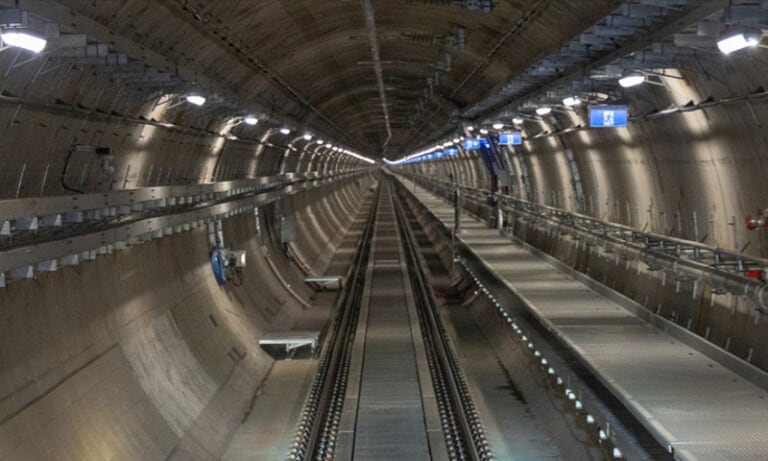Melbourne’s Metro Tunnel Project made an announcement confirming it had begun maximum speed testing. In July, the very first test trains entered the tunnel. Thereafter, the development team has been gradually increasing train speed ever since the arrival of the first trains.
At first, the project tested trains between 5 kilometers per hour and 25 kilometers per hour. Quite impressively, the trains were reported to currently be moving in the tunnel at a speed of about 80 kilometers per hour. initially, starting at a low speed thus far enabled the team to prove the Metro Tunnel’s strength and reliability. The metropolitan rail infrastructure project delivery is by Rail Projects Victoria. Planning for the development commenced in 2015 while enabling works began in early 2017.
In total, the Victorian Auditor-General’s Office reports that the project boasts a $12.58 billion investment. The report states that it will increase capacity in the City Loop central rail system, by adding 5 new underground stations. Moreover, the project will also add two 9-kilometer tunnels to the city loop central. As a result, the Metro Rail Tunnel will serve as a significant connection, linking the CBD from Sunshine railway station to Melbourne Airport Rail.
Read Also: Australia’s First Pumped Hydro Energy Storage Project Nearing Completion for 2024 Launch
Melbourne’s Metro Tunnel Project Completion Date
A press release statement noted that Melbourne’s Metro Tunnel Project targets to open by 2025. Additionally, by mid-September 2024, it targets to achieve Day 1 operations for passenger trains. In the meantime, testing and development works will continue progressively. An official statement also highlighted the next testing process stage will soon begin. It will include the running of multiple trains within the same tunnel simultaneously.
As a whole, the entire testing process targets to ensure the development’s complex systems are working well, collaboratively. Additionally, the testing works aim to double-check the brand new high-capacity metro trains’ compatibility and safety in the tunnel.
